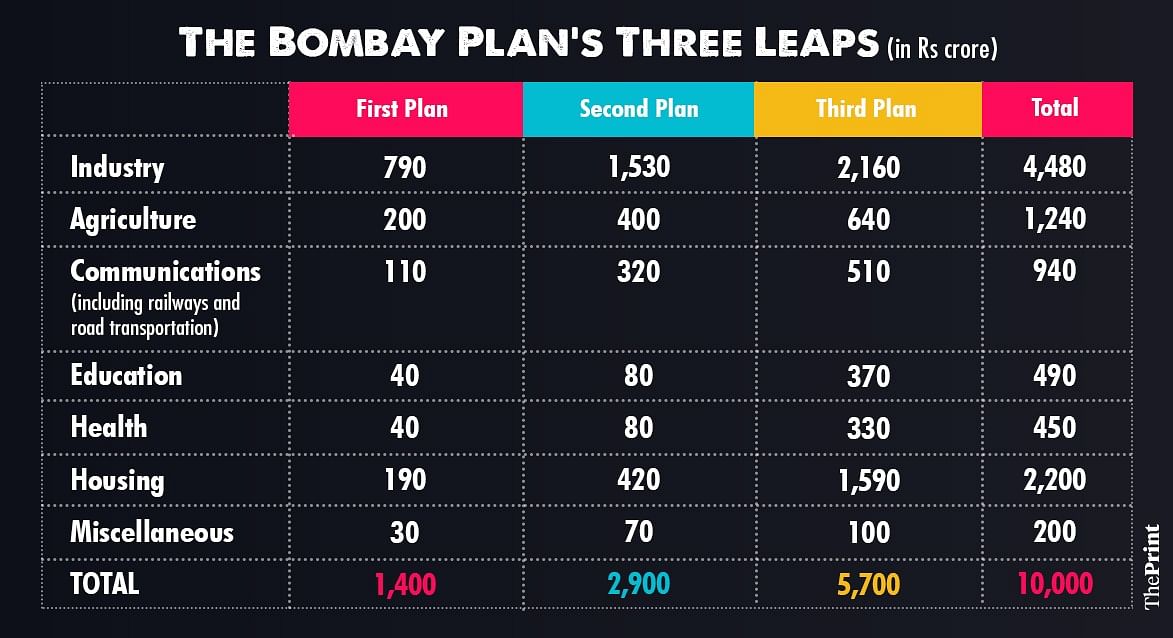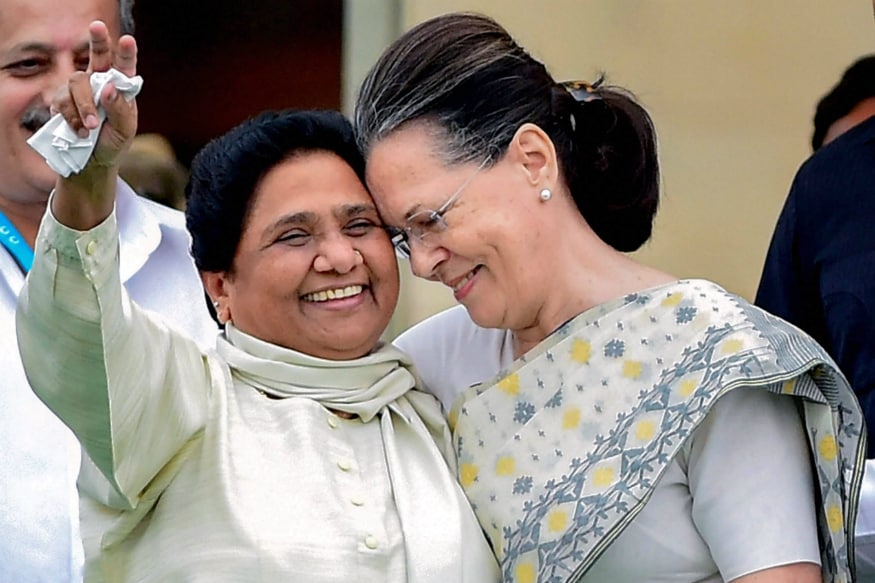Introduction:
S: Daddy, why don’t we make short satirical films on issues that need some clarity?
D: Why, what’s the purpose?
S: This will give us a chance to explore what we think, what we see and what it means?
D: I don’t know, son.
1.
Son: Daddy, Om Birla says that the names of Adani and Ambani cannot be raised in the Lok Sabha.
Daddy: Yes, I heard it too. He says, it's because Adani and Ambani are not in a position to respond to the allegations.
S: But the BJP always raises Nehru and Gandhi? Can they respond to the claims?
D: They believe the soul of Nehru and the Gandhis pervades parliament and hence can be invoked?
S: Does that mean that Ambani and Adani are soulless, Daddy?
D: I don't know son.
2.
Modiji phones Nirmala Sitharaman, 'Nirmalaji, yeh madhyam varg kyon ro rahen hai?
Nirmala: Sir, in Mussalmano ko rone do, Kuch dere ke baad chup ho jayenge'.
Modi: 'Kya matlab? Inme to koi Mussalman nahi hai'
Nirmala: Sir, yeh log hamare Mussaalman hai. Mera matlab hum shasan mein kuch bhi kar sakte hain aur chunav ke time par agar ham bole ki Hindu khatren mein hai to yeh kamal par angootha laga hi denge.
Modi: Ha, ha, main bhool gaya tha! Lage raho Nirmalaji.
3.
S: Daddy, a 40 year old American woman was found chained to a tree in the Sindhudurg forests for 40 days.
D: Yes, I heard that Lalita Kayi had come to India to learn yoga and meditation.
S: Doesn’t this chaining require her to intensely meditate about her condition for 40 days, Daddy?
D: I don’t know son!
4.
S: Daddy, you remember the fairy tale 'The Emperor's New Clothes'? hat eventually happened to the truthful child?
D: Why do you ask? I think the child was subjected to severe punishment. Immediately after the parade he was pulled up by the Enforcement Directorate for being anti-national.
S: Did the people honour the child after the emperor was deposed?
D: Honoured? After the emperor was deposed the public pilloried him for destroying their dream.
S: Does that explain your experience with your bhakt friends and relatives?
D: I don’t know son!
5.
S: Daddy, are Indian industrialists as a class really patriotic?
D: Can we paint them all with one brush stroke? In any case, why do you ask?
S: The recent economic survey shows that while corporate profits have risen significantly they have not invested or created new jobs in the economy? I thought we were doing trickle down economics?
D: So, while what you say is true, what's the question?
S: They also welcome free trade in all sectors but their own. Keep their money abroad and use robots and AI to meet their labour needs. So are they really patriotic, daddy?
D: I don’t know, son.
6.
S: Daddy, can we call Modi 3.0 a UPA 3 government?
D: Why, please explain.
S: Yesterday, both Modi and Seetharaman were comparing their performance with the UPA 1 & 2's performance 2004-2014.
D: But, didn't we vote for Modi expecting a big difference?
S: I don't know daddy?
7.
S: Daddy, most of the friends I meet these days hush hushedly refer to the threat posed by the increasing Muslim population. Is there such a threat to India?
D: I am not sure. I too have noticed more folks wearing the Islamist dress. One good way to know is to conduct a census. India's last census was in 2011.
S: Then, why does this eleven year old government shy away from any census, daddy?
D: I don't know, son
8.
S: Daddy, Rahul Gandhi has emerged as the voice of India’s downtrodden; the Dalits, Adivasis etc.
D: Yes, he appears popular with these groups. So what's your question?
S: Why don’t India’s downtrodden produce a leader from amongst their people?
D: I don’t know, son
9.
S: Daddy, Rahul Gandhi tweeted the ED wants to question him.
D: Yes, I read that. I think he tweeted that from Wayanad.
S: Do you think the ED wants to know why he’s only visiting Manipur and Wayanad when our Agniveers are struggling in Russia and Ukraine?
D: I don’t know, son.
S: Daddy, is Rahul Gandhi a loser?
D: He went to Manipur, set up a mohabbat ka dukaan and was seen consoling the victims of Wayanad?
S: But, he did not meet the cricket team nor congratulate Ms. Bhaker? Does that make Modiji a winner?
D: I don’t know, son.
11.
S: Daddy, The NGO 'Vote for Democracy' says that in 538 constituencies there is a discrepancy between the number of votes polled and the number of votes counted.
D: Yes, I read this. The discrepancy is to the tune of 50 million votes.
S: Could it then mean that the India alliance won the vote but the NDA won the count?
D: I don't know, son.

